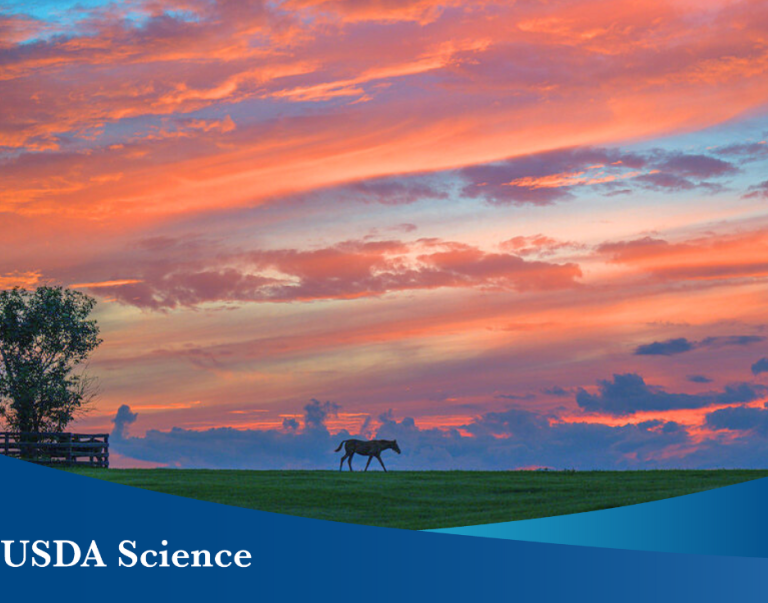
If you work outside, you care about the weather. But if your business depends on the weather, you should care about the climate.
Those of us who have lived in the Northeast for years know that something is up with the weather. It’s more changeable; too wet one month, too dry the next. Spring is coming earlier but late frosts linger and fall seems to stretch on. This year’s cold winter reminds us of what winters used to be like.
The emerging science just confirms what we already feel in our bones; over recent times, the usual weather, the climate, has been changing. Over the last 60 years extreme rainfall events in the Northeast have gotten larger and are occurring more often, with the most significant increases occurring most recently. In my home state, New Hampshire, medium-sized storms that used to happen only once in 12 months are now happening more than twice as often. Satellites show that spring green-up is happening sooner and fall is now starting about two weeks later than it did only 30 years ago.
These changes can dramatically affect whether a producer achieves their management goals. Soils can be too wet for planting, the snowpack not sufficient for winter timber harvest, sugar maple sap may start to flow sooner, and so on. Producers in the Northeast could use help dealing with these weather and climate challenges—and the USDA Northeastern Regional Climate Hub aims to do just that.
As the leader of the Northeast Hub, I hope to help our producers and forest managers continue to adapt and thrive despite the changes they’re facing. This means finding options that help them maintain profitability, productivity, and conservation values in the face of increased weather variability and longer term changes. As a tree physiologist, my career has been filled with the challenges of learning how climate factors affect forest function and growth, and helping to define the beneficial roles forests play in regulating the climate system. Now comes the even greater challenge of sifting through the deluge of climate information and working with producers and land owners to come up with new options to meet their management objectives.
In the Northeast I am extremely fortunate to work with such an experienced and knowledgeable Climate Hub team that has been pulled from across USDA Agencies to pool resources and maximize our ability to cover the diversity of agricultural and forest lands in our region. Our team of co-Directors includes Lindsey Rustad, a Forest Service Ecologist with a focus on climate change impacts on forests, and Agricultural Research Service Scientists Peter Kleinman, Howard Skinner, Donna Gibson, and Leon Kochian, with expertise in farm nutrient management, pasture greenhouse gas emissions, biological control of pests and pathogens, and genes and mechanisms for crop adaptation. Co-Director Darren Hickman is director of Natural Resources Conservation Service’s East National Technology Support Center. We’ll call on the expertise of Federal, State, and Local extension agents as well as the Northern Institute of Applied Climate Science to get the word out. Together, we will work with additional partners including Land Grant Universities, NGO’s, States, Tribes, producer groups, and of course, producers themselves, to find strategies that allow the farmers and foresters of the Northeast to attain or exceed their management objectives no matter what the weather – or the climate.


